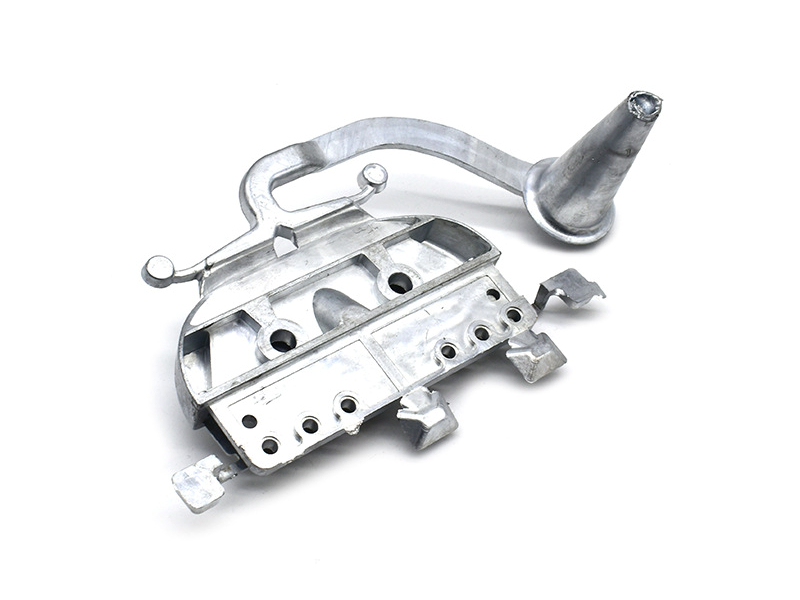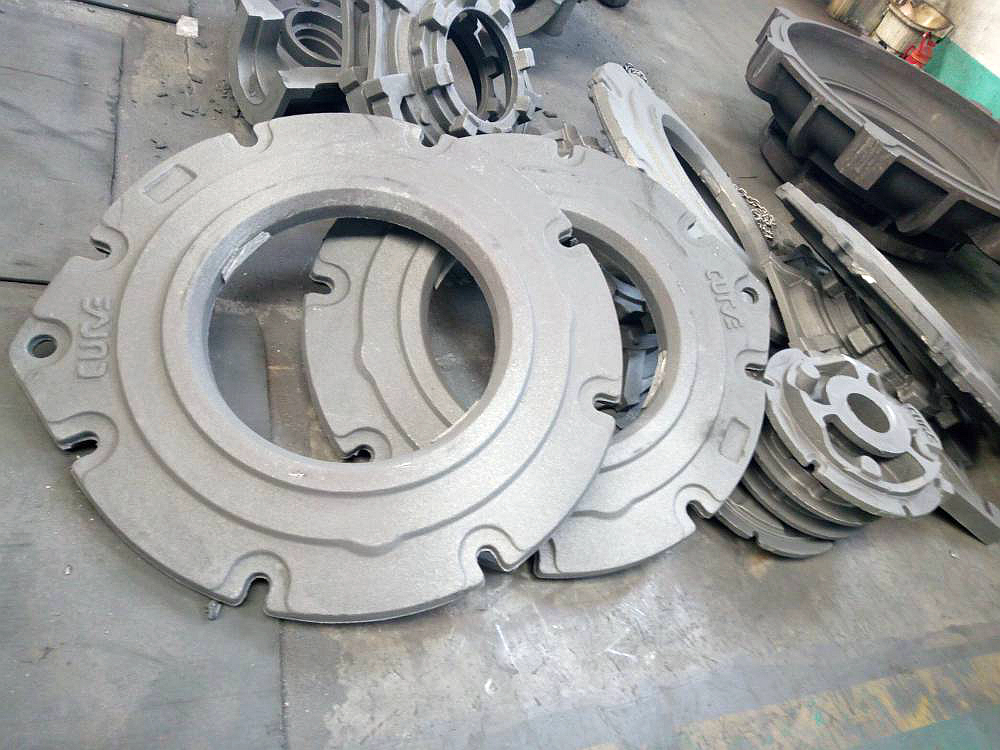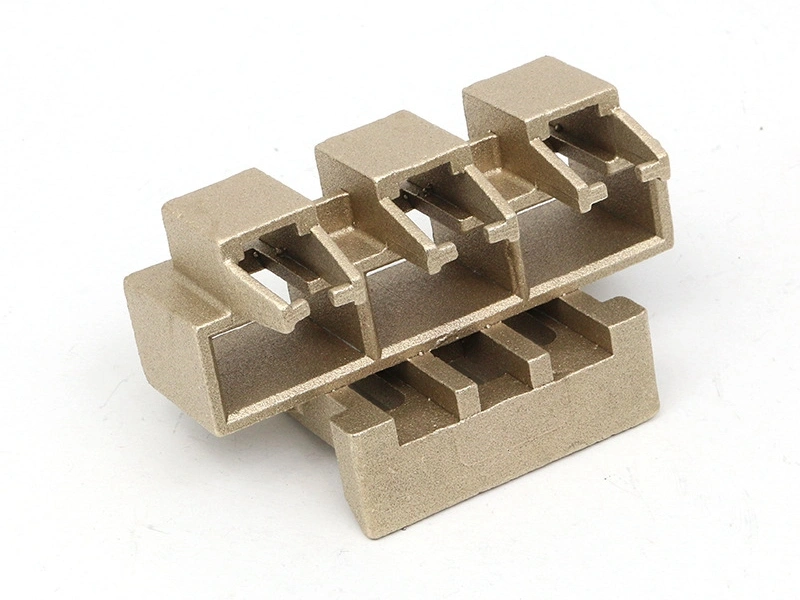When To Choose Zinc for Die Casting
When precision, repeatability, and form complexity are top priorities in part production, zinc die casting is a smart and efficient solution. At Neway, we offer high-performance zinc die casting services tailored for manufacturers that require tight tolerances, high-volume scalability, and finely detailed geometries.
Zinc alloys offer unique benefits that are often overlooked when compared to aluminum or magnesium. This article explores when zinc is the right choice for die casting, based on material properties, use cases, and technical specifications.
Why Zinc for Die Casting?
Zinc alloys are well-suited for complex, high-precision die-casting applications due to their superior dimensional accuracy, castability, and mechanical performance. Common alloys like Zamak 3, Zamak 5, and ZA-8 offer versatile characteristics that meet diverse design and performance requirements.
Exceptional Dimensional Precision
Zinc die casting delivers part tolerances as tight as ±0.025 mm, which is significantly better than aluminum or magnesium casting. This capability is essential for components with fine details, mating features, or zero-gap interfaces.
Ultra-Thin Wall Capabilities
Zinc can be cast into walls as thin as 0.4 mm without compromising structural integrity. This allows for lighter designs, material savings, and more compact part geometries.
High-Volume Repeatability
Zinc tooling lasts longer than tooling for other alloys, often exceeding 1,000,000 cycles when produced from H13 steel and maintained properly. Combined with fast solidification rates and cycle times under 20 seconds, zinc die casting is ideal for large-scale production.
Superior Surface Finish
Zinc naturally yields a smoother surface finish in the as-cast condition, often achieving Ra values as low as 1.6 µm. This reduces the need for post-finishing and supports secondary treatments like plating, powder coating, or painting.
When to Select Zinc for Die Casting Projects
Zinc should be your material of choice under the following conditions:
1. Need for Complex and Detailed Geometry
Zinc’s excellent fluidity makes it ideal for small components with tight tolerances, fine ribs, internal structures, and threading. Typical examples include:
Electrical connectors
Decorative hardware
Medical device housings
Gears and pinions
Zinc’s casting capability supports net-shape and near-net-shape production that minimizes or eliminates machining.
2. Tight Dimensional Requirements
For parts requiring high-dimensional repeatability across production volumes, zinc is unrivaled. Its minimal shrinkage (0.7%) and consistent thermal contraction allow for tight-tolerance, high-precision parts.
Typical tolerances:
Linear: ±0.025 mm for features <25 mm
Angular: ±0.5 degrees
Flatness: within 0.1 mm across a 100 mm span
3. High Mechanical Strength and Toughness
Zinc alloys demonstrate high hardness and impact resistance. For example, Zamak 5 offers:
Ultimate tensile strength: 331 MPa
Yield strength: 280 MPa
Brinell hardness: ~82 HB
Impact resistance (Charpy): up to 10 J
Zinc’s mechanical properties are especially valuable in safety-critical or wearable mechanical components.
4. Cost Efficiency in High Volumes
Zinc’s low melting point (~385°C) translates to lower energy consumption and less wear on tooling, extending die life and reducing operational cost per part.
Tooling longevity:
Zinc: up to 1,000,000 shots
Aluminum: 100,000–300,000 shots
This makes zinc ideal for parts requiring high production quantities and long program durations.
5. Functional Surface Requirements
Zinc parts are often chosen for their visual appeal and compatibility with cosmetic coatings. Common surface treatments include:
Electroplating (nickel, chrome, gold)
E-coating and painting
Brushing and polishing
Combined with zinc’s fine casting resolution, these finishes make it ideal for consumer-facing or decorative components.
Zinc Die Casting Alloys Overview
Zamak 3
Best general-purpose zinc alloy
Excellent dimensional stability and castability
Tensile strength: ~283 MPa
Elongation: ~7%
Used extensively in electronics, appliances, and enclosures.
Zamak 5
Stronger than Zamak 3
Slightly reduced ductility
Tensile strength: ~331 MPa
Better for mechanical loading and wear resistance
Preferred for mechanical linkages, levers, and industrial hardware.
ZA-8
Higher aluminum content (8%)
Enhanced strength and hardness
Good creep resistance for elevated temperatures
Suitable for structural and thermal applications such as lock housings or automotive supports.
You can find more zinc alloys and technical data in our material catalog.
Where Zinc May Not Be the Right Choice
Although zinc offers numerous advantages, there are cases where it may not be ideal:
Operating temperatures consistently above 120°C can cause creep deformation in some zinc alloys
Larger parts (>500 g) may benefit from aluminum for weight or thermal conductivity
Very low-volume production (<200 units) may be more economical using sand casting or urethane casting
Engineering and Manufacturing Support from Neway
At Neway, our vertically integrated one-stop casting service includes:
Design for Manufacturability for thin walls, draft angles, and mold flow
Tool and die production with H13 or P20 steel for durability
Rapid prototyping with SLA or machined samples
Post-machining, finishing, and assembly under one roof
Mass production capabilities from 1,000 to 1,000,000+ parts annually
With 20+ years of zinc casting experience, our team ensures your parts meet the tightest tolerances and finish specifications.
Conclusion
Zinc die casting is the optimal solution when your part requires high dimensional precision, complex geometry, surface quality, and long-term production at scale. Its superior castability, strength, and low-cost manufacturing make it a powerful choice for components used in mechanical systems, electronics, hardware, and more.
If you are considering zinc for your next project, contact Neway to discuss your requirements or request a quote.
FAQs
What’s the difference between Zamak 3 and Zamak 5 for die casting?
Can zinc die cast parts be used in high-temperature environments?
How does zinc compare to aluminum in tooling life and part precision?
What types of finishes can be applied to zinc die cast parts?
What are the typical tolerances achievable in zinc die casting?



